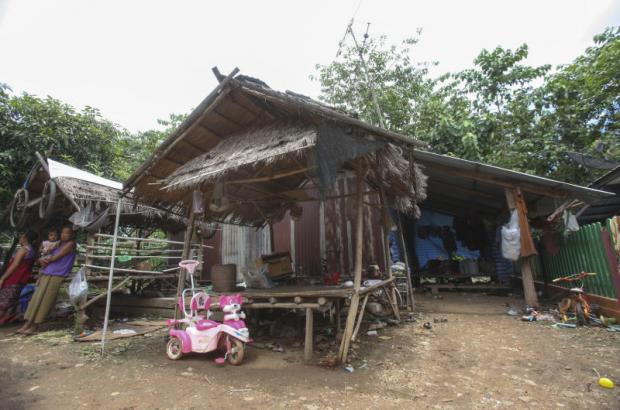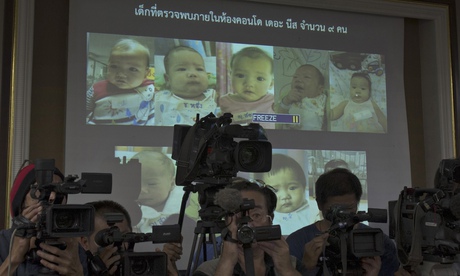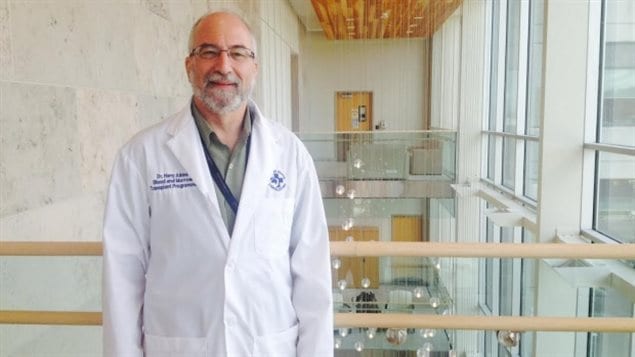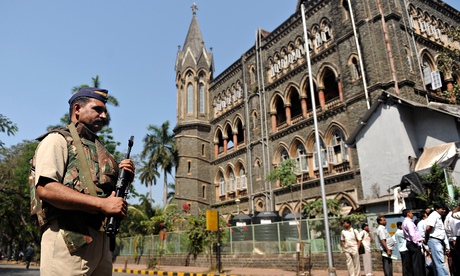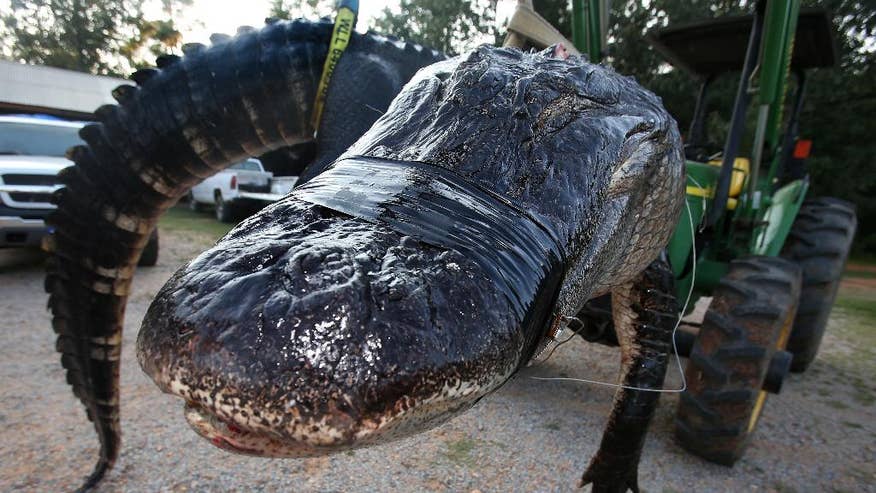Understanding Cancer
"At an airplane terminal, you have all of your paperwork in place and there are guards to check it and make sure you're secure. The body is the same way."
"The immune system checks cells as they escape and filters them. This process of escape from the bloodstream is an important checkpoint where most of the cancer cells are destroyed. But if they're able to produce these invadopodia -- the right paperwork -- they're able to escape."
"No man will die of prostate cancer if it stays in his prostate. It becomes dangerous when it spreads. The prostate is not life-threatening if you lose it."
Dr. John Lewis, associate professor, University of Alberta, department of oncology
Cancer cells are cells that grow and divide at an unregulated, quickened pace. Although cancer cells can be quite common in a person they are only malignant when the other cells (particularly natural killer cells) fail to recognize and/or destroy them.[1] In the past a common belief was that cancer cells failed to be recognized and destroyed because of a weakness in the immune system. However more recent research has shown that the failure to recognize cancer cells is caused by the lack of particular co-stimulated molecules that aid in the way antigens react with lymphocytes.[2Dr. Lewis must know of what he speaks, with such ease and familiarity. He is, after all, the holder of the Frank and Carla Sojonky Chair in Prostate Cancer Research at the university. And knowledge about how cancer spreads is of huge importance. So it can be detected, prevented if at all possible, and if not, how to manage it before it becomes too late.
 Scanning electron microscopy image of a lymphocyte
Scanning electron microscopy image of a lymphocyte
For example, research conducted by the university research team of which Dr. Lewis is an integral part, found that doctors could use drugs or genetic means to halt the development of invadopodia.
And what in the name of heaven is invadopodia?!

It is described as cancer cells forming "tentacles" enabling the cancer to spread from one body part to another. Those tentacles are invadopodia...makes sense doesn't it? It took three years of intense observation to discover how cancer cells the size of microns developed invadopidia, allowing them to move within the bloodstream to invade another organ. This is a phenomenon never before observed in a live model.
And, as Dr. Lewis said, the deadliest thing about cancer is its spread to other organs in the body. The spread of cancer, called metastasis is the cause of death for 90% of cancer patients. The diagnosis of metastatis is recognized by most people as a death sentence, often sooner than later. There is now evidence that performing a biopsy or surgery on a cancerous tumour can cause cancer to spread.
In which instance an invadopodia inhibitor drug would be particularly important to use in such cases.
The drug that was used by the University of Alberta research team is now in clinical cancer trials; "encouraging", comments Dr. Lewis. He and his team of researchers made use of a $500,000 microscope and the protein of a deepsea jellyfish for their work. The protein glows fluorescent green, showing clearly in images of the cancer cell on a blood-red backdrop.

Purpose-built for the study, it is one of only two such microscopes in the world. The Alberta Cancer Foundation helped to fund the microscope and the study, and helped to bring Dr. Lewis's expertise from Ontario's Western University to Alberta, and the University of Alberta.
The team’s work was published in the most recent issue of the journal Cell Reports. Some of the study work was done by scientists at the Lawson Health Research Institute in Ontario.
Labels: Bioscience, Canada, Disease, Medical Technology, Research, Science



 The report found 1400 children were abused in Rotherham from 1997 to 2013. Photo: Getty Images
The report found 1400 children were abused in Rotherham from 1997 to 2013. Photo: Getty Images
